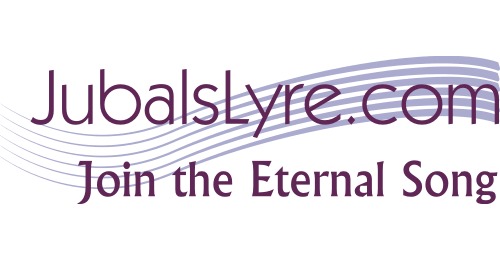Although this year we are celebrating All Saints’ Day on Sunday, November 3rd, the actual feast day is November 1st every year. This past week we celebrated the 496th anniversary of the Reformation (the actual feast day for the Festival of the Reformation is October 31st every year). So, how are the two connected?
Well, Frederick the Wise, ruler of Saxony during the time of the Martin Luther, was a very devout Christian, and quite wealthy. He was so wealthy that over time he amassed a collection of over 19,000 relics. The word relic comes from the Latin reliquiae, meaning “remains” or “something left behind.” In the Christian faith, these relics included parts of belongings or bodies of Saints or other venerated people. These relics were worshiped as a tangible memorial of that person and what they represented. In a theology that emphasized works righteousness, relics were purported to have special powers of healing or penitential merit. In other words, you could receive some of the merits of salvation by just looking at or touching them.
Every year on All Saints’ Day (November 1st), Frederick the Wise displayed his collection of relics. Thousands upon thousands of people came to not only look at them, but to derive some spiritual benefit from them by seeing them, touching them, or praying over them. Among other things, Frederick the Wise had what was said to be a thorn from the Crown of Thorns that Christ wore, a hair from Jesus’ beard, a gold piece given to Christ by the Wise Men, pieces from Jesus’ crib, four hairs from the head of Mary, a stone on which Jesus had stood before he ascended into heaven, and the bones of many saints. At the same time, early in 1517 Johann Tetzel set up shop in a village only twenty miles away from Wittenberg and was selling indulgences promising forgiveness of sins or a reduction of the penalty of sin.
Martin Luther felt compelled to confront these practices. It is no accident that he posted his 95 Theses on the door of the Castle Church in Wittenberg on All Saints’ Eve or All Hallow’s Eve (now known to us as Halloween) because on the very next day his ruler, Frederick the Wise, was going to display his collection of relics and thousands of people came to Wittenberg to see them. Luther’s intention was to call for a disputation (or debate) on how it is that we are saved and what better time to do it when a lot of people were going to be in town to see Frederick’s relics.
So, in Reformation history, the Festival of the Reformation and All Saints’ Day are closely connected. So as we celebrate All Saints’ Day this coming Sunday, let us also celebrate the Reformation and thank God for the blessings that it brought to the church.
A Mighty Fortress editions by Jubal’s Lyre Music Publishers on www.sheetmusicplus.com.


